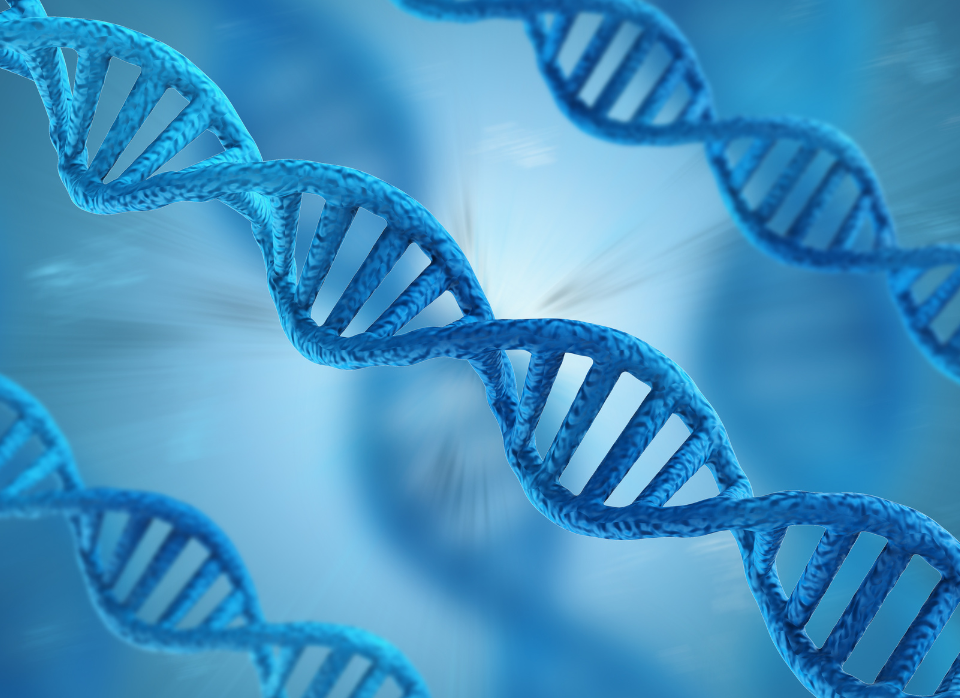
Understanding How Anorexia Develops: Causes and Diagnostic Criteria
June 3, 2024
Understanding the Impact of Body Image on Mental Health
June 10, 2024Anorexia nervosa, a serious eating disorder characterized by self-starvation and excessive weight loss, affects individuals worldwide. Understanding its prevalence is essential for raising awareness and improving prevention and treatment efforts. This blog will delve into how common anorexia nervosa is, explore the problems associated with the disorder, discuss how many people suffer from it, and provide relevant statistics.

Anorexia Nervosa Statistics: Prevalence and Demographics
Anorexia nervosa is more common than many people realize, affecting a significant portion of the population across various demographics.
- Prevalence: Studies estimate that approximately 0.9% of women and 0.3% of men will experience anorexia nervosa at some point in their lives. This disparity highlights that while the disorder is more prevalent in women, it also significantly affects men.
- Age of Onset: Anorexia nervosa typically begins in adolescence, with the average age of onset between 12 and 25 years. However, it can develop at any age, including childhood and middle age.
- Cultural and Societal Factors: While anorexia nervosa is more prevalent in Western countries, it is increasingly being reported in non-Western countries due to the globalization of Western ideals of thinness and beauty.
How Many People Suffer from Anorexia?
Determining how many people suffer from anorexia can be challenging due to underreporting and misdiagnosis, but estimates provide a clearer picture of its impact.
- Global Estimates: Approximately 70 million people worldwide suffer from eating disorders, with anorexia nervosa accounting for a significant portion of these cases. In the United States alone, an estimated 8 million people suffer from this eating disorder
- Underreporting and Stigma: The actual number of people suffering from anorexia nervosa may be higher due to underreporting. Many individuals do not seek help due to stigma, shame, or lack of access to healthcare services.
Potential Complications of Anorexia
Anorexia nervosa is associated with a range of serious physical, psychological, and social problems. Understanding potential complications can help highlight the need for comprehensive treatment approaches.
- Physical Health Complications: The physical complications of anorexia nervosa are severe and can include heart problems, bone density loss (osteoporosis), muscle wasting, and electrolyte imbalances. These health issues can lead to long-term damage and, in some cases, be life-threatening.
- Mental Health Issues: Anorexia nervosa often coexists with other mental health disorders such as depression, anxiety, and obsessive-compulsive disorder (OCD). These comorbid conditions can exacerbate the severity and complicate treatment.
- Social and Functional Impairment: Individuals may experience significant impairment in their social and functional lives. The disorder can adversely affect relationships, academic performance, and occupational functioning.
Anorexia Nervosa Statistics: Mortality and Recovery
Anorexia nervosa has one of the highest mortality rates of any psychiatric disorder, underlining the critical need for effective treatment and early intervention.
- Mortality Rates: Studies indicate that the mortality rate for individuals is approximately 5-10%. This rate includes deaths from medical complications related to starvation, as well as suicide, which is a significant risk for those suffering from the disorder.
- Recovery and Relapse: Recovery from anorexia nervosa is possible, but it can be a long and challenging process. Research suggests that about 50-70% of individuals eventually recover, although many may experience relapses. Long-term follow-up and support are crucial for sustained recovery.
Addressing Anorexia Nervosa: Awareness and Treatment
Raising awareness about anorexia nervosa and its prevalence is vital for improving diagnosis, treatment, and support for those affected.
- Early Intervention: Early detection and intervention are key to improving individual outcomes. Education and awareness campaigns can help identify at-risk individuals and encourage them to seek help sooner.
- Comprehensive Treatment: Effective treatment typically involves a multidisciplinary approach, including medical care, nutritional counseling, and psychotherapy. Family involvement is also crucial, particularly for younger individuals.
Get Help Today
Anorexia nervosa is a prevalent and severe eating disorder that affects millions of people worldwide. Understanding how common anorexia nervosa is, recognizing the associated problems, and examining statistics can help highlight the critical need for awareness, early intervention, and comprehensive treatment. By addressing these aspects, we can better support those suffering and work towards reducing its impact on individuals and society.
____________________________________________________________________________
Looking for treatment for an eating disorder, anxiety, depression, trauma, or postpartum mood disorder?
Evolve Counseling Services is a specialized team of Licensed Therapists providing treatment in Paoli.



